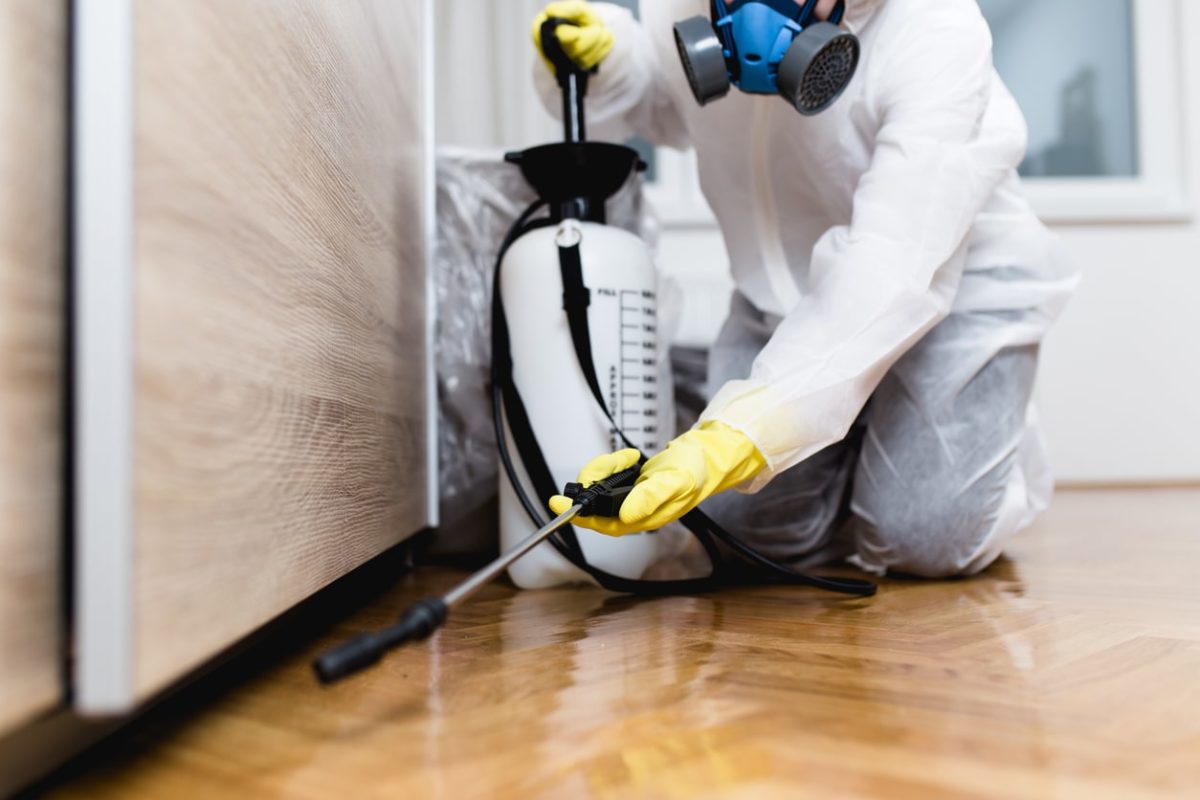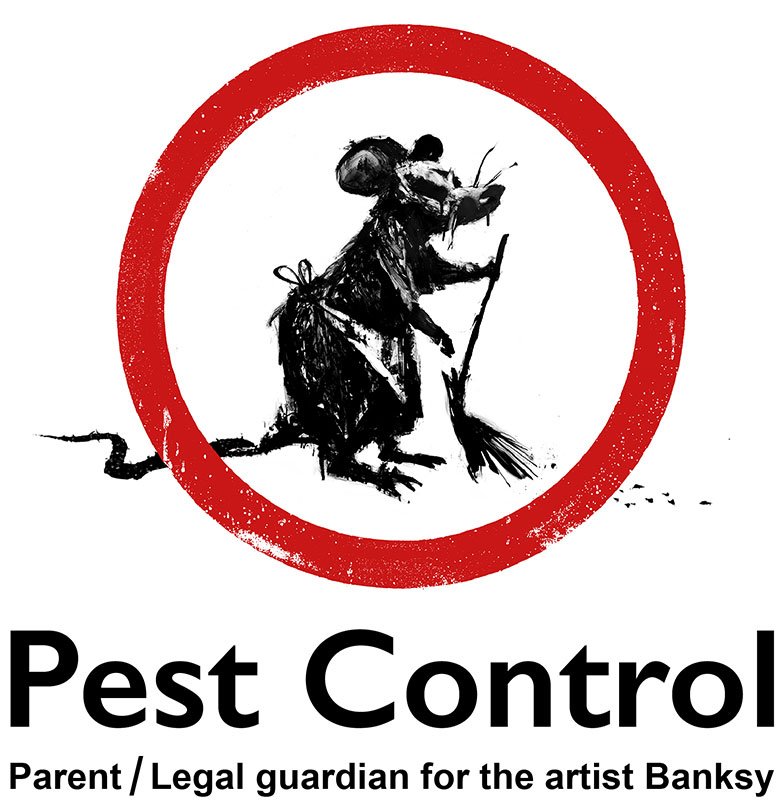Discovering Problem and Treatment Methods on the planet of Pest Control
The landscape of insect control encompasses a myriad of challenges, particularly as problems of common home pests remain to progress. Comprehending the behaviors and reproductive patterns of these hassles is critical for establishing reliable therapy methods. By integrating safety nets with sophisticated management techniques, such as Integrated Insect Management (IPM), house owners can better safeguard their settings. The effectiveness of these approaches may vary substantially based on particular scenarios. What underlying elements contribute to the success or failure of these approaches in various settings?

Common Household Pests
When it comes to handling our space, comprehending common house insects is critical. These bugs not just interrupt our comfort but can additionally pose wellness threats and damages building. The most widespread family insects consist of ants, cockroaches, rodents, termites, and bed bugs.
Ants, commonly seen foraging in cooking areas, can pollute food and develop huge swarms. Rats, consisting of computer mice and rats, can trigger structural damages and bring conditions like hantavirus and salmonella.
Acknowledging the indicators of these insects, such as droppings, nests, or attack marks, is important for early treatment (Pest Control Lockhart). Correct sanitation practices, sealing access points, and maintaining a clutter-free atmosphere work preventative procedures. By recognizing these common house bugs and understanding their behaviors, property owners can take positive steps to mitigate infestations, ensuring a much healthier living atmosphere
Understanding Bug Infestations
Bug infestations can intensify swiftly, turning a small nuisance right into a significant issue otherwise dealt with without delay. Understanding the nature of these invasions is vital for efficient management. Bugs can invade domestic and business areas for various factors, consisting of the look for food, shelter, or breeding premises. Usual aspects contributing to infestations include inadequate sanitation, architectural vulnerabilities, and seasonal modifications that drive insects inside.
Recognizing the sort of insect is vital, as various types exhibit varied habits and reproductive rates. As an example, rats might develop nests in hidden locations while bugs like roaches flourish in moist environments. Early discovery usually rests on recognizing indicators such as droppings, nibble marks, or unusual audios, which can show a problem before it comes to be severe.
Warm, moist climates can assist in the rapid growth of bug populations, while changes in landscape design or building can inadvertently produce conducive atmospheres. An educated technique to comprehending these characteristics lays the groundwork for efficient pest management approaches in the future.
Treatment Techniques and Techniques
Efficient therapy techniques and methods are vital for minimizing pest invasions and restoring a safe environment. A diverse technique is commonly best, including chemical, biological, and mechanical strategies customized to the certain bug and the seriousness of the problem.
Chemical therapies consist of using pesticides and herbicides, which can effectively remove insects. Appropriate application and adherence to security standards are crucial to reduce dangers to people and non-target microorganisms. Integrated Insect Monitoring (IPM) encourages the judicious use chemicals as a last resource, depending instead on surveillance and threshold levels to figure out treatment demands.
Biological control techniques include presenting all-natural predators or parasites to decrease parasite populations. This approach is significantly popular, particularly in farming setups, as it promotes ecological sustainability.
Mechanical methods, such as catches and obstacles, provide immediate remedy for pests without presenting chemicals. Choices consist of sticky catches for insects or physical obstacles for rats.
Eventually, the option of therapy approach should think about the specific insect, the environment, and possible influence on human health and ecological communities. A balanced mix of these approaches can successfully take care of problems while advertising long-lasting bug control remedies.
Safety Nets for Homes
Proactively attending to pest issues prior to they rise is crucial for maintaining a healthy and balanced home atmosphere (Pest Control Lockhart). Applying efficient safety nets can considerably decrease the chance of infestations, ultimately safeguarding both your residential or commercial property and health

Proper landscape blog design also plays an important duty in avoidance. Keeping bushes and trees trimmed away from your house decreases the possibilities of bugs finding their means inside. Guarantee that drain systems are functioning efficiently to protect against standing water, which can draw in mosquitoes and various other insects.
Finally, routine inspections are recommended. Regularly examining for signs of insect activity allows for early intervention. By taking on these preventative measures, homeowners can develop an environment that is less friendly to insects, thereby improving their general lifestyle and lowering the requirement for substantial bug control interventions.
Industrial Parasite Control Methods
An extensive strategy to industrial parasite control is important for services intending to preserve a risk-free and sanitary environment. Effective techniques entail a combination of regular examinations, employee training, and the execution of Integrated Pest Administration (IPM) methods.
Regular inspections allow very early detection of pest activity, allowing for prompt treatment. Companies should establish a routine schedule for these assessments, concentrating on high-risk areas such as cooking areas, storage areas, and waste disposal sites. Staff member training is just as critical; team should be informed on the signs of parasite invasions and the relevance of reporting them promptly.
Carrying out IPM practices helps website here minimize insect issues sustainably. This consists of environment modification, such as securing entrance points and minimizing clutter, as well as utilizing all-natural deterrents prior to considering chemical therapies.

Furthermore, collaborating with an accredited parasite control company makes sure accessibility to specialist knowledge and advanced therapy alternatives. This partnership can cause personalized parasite control plans customized to the certain demands of business, lessening threats and enhancing general efficiency. Eventually, a positive and educated method promotes a pest-free environment, guarding both public wellness and service reputation.
Final Thought
Finally, reliable insect control requires a thorough understanding of typical family bugs and their habits, combined with targeted therapy approaches. Applying precautionary actions alongside treatment techniques such as Integrated Bug Management and organic control improves the capability to reduce problems. Routine inspections and a combination of chemical and mechanical options even more add to preserving pest-free atmospheres. Inevitably, an all-round method to pest monitoring is crucial for guarding living areas from undesirable burglars.